Is Bread Bad for You? Here’s What You Need to Know.
Bread can cause blood sugar spikes, trigger cravings, and may be difficult to digest due to gluten. Most store-bought bread is also nutritionally deficient, stripped of fiber, vitamins, and minerals during processing. For fitness enthusiasts, especially CrossFitters and Paleo followers, this can lead to energy crashes, slower recovery, and inflammation. Healthier alternatives include whole-grain bread, gluten-free options, and nutrient-dense carbs like sweet potatoes and quinoa.
With the rise of low-carb diets like Paleo and Keto, many fitness enthusiasts have swapped toast for bacon and eggs. On the other hand, Mediterranean diet followers continue to celebrate bread as a wholesome, nourishing staple.
So, is bread the silent enemy or just misunderstood? If you’re into CrossFit, Paleo, or maintaining peak fitness, understanding bread’s impact on your health is crucial. Here are five surprising facts about bread that may make you rethink your next sandwich.
1. Bread Can Spike Your Blood Sugar Levels
Wheat contains a starch known as amylopectin A, which is converted into blood sugar faster than almost any other carbohydrate. While a quick energy boost sounds appealing, it’s followed by a sharp crash — leaving you hungry and craving more food within hours.
For athletes and CrossFitters, these spikes can lead to:
-
Decreased energy during workouts
-
Increased fat storage
-
Disrupted appetite control
This blood sugar rollercoaster creates a vicious cycle of constant hunger and fatigue, making performance and recovery harder to manage.
2. Bread Can Be Addictive — And Science Explains Why
Ever notice how hard it is to stop after just one slice? That’s no coincidence. Studies from the National Institutes of Health show that gluten — a protein found in wheat — activates your brain’s opioid receptors.
This release triggers a mild “high,” making bread consumption feel rewarding and, in some cases, addictive. The more you eat, the more you crave — which can derail weight-loss efforts and affect your ability to stick to clean eating plans like Paleo or Whole30.
3. Bread May Increase Mucus Production
Refined grains like bread, barley, oats, and rye can increase mucus buildup in the body. While mucus serves as a protective response against harmful acids, excessive production can lead to:
-
Nasal and lung congestion
-
Slower digestion
-
Inflammation that affects overall recovery
For athletes, extra mucus can negatively impact breathing efficiency and workout performance, especially during high-intensity CrossFit WODs.
4. Gluten Makes Bread Harder to Digest
Gluten — found in most bread — is notoriously difficult for the human body to break down. It requires strong stomach acids, and for some, full digestion can take weeks.
Even for those without celiac disease, gluten may cause:
-
Bloating and abdominal discomfort
-
Gas and indigestion
-
Sluggish recovery after meals
This is one reason Paleo athletes avoid gluten-heavy foods and opt for nutrient-rich carb alternatives instead.
5. Most Bread Is Nutritionally Deficient
Despite being a dietary staple, most store-bought bread is heavily processed and stripped of its natural nutrients during refinement. The bran and germ — which are rich in fiber, vitamins, and minerals — are often removed, leaving behind empty calories.
Instead of fueling your body with quality energy, refined bread delivers a quick hit of carbs without the long-term benefits of nutrient-dense foods.
The Bottom Line: Should You Ditch Bread?
Bread isn’t inherently “bad,” but understanding its effects on blood sugar, digestion, and cravings is essential for athletes and anyone following a Paleo, Keto, or clean eating plan.
If you want to include bread in your diet, consider:
-
Whole-grain, minimally processed options
-
Gluten-free alternatives
-
Energy-sustaining carbs like sweet potatoes, quinoa, or fruit
Ultimately, the goal is balance. Being mindful of how bread affects your performance, recovery, and overall health will help you make smarter choices — whether you’re prepping for a CrossFit competition or just optimizing your daily nutrition.










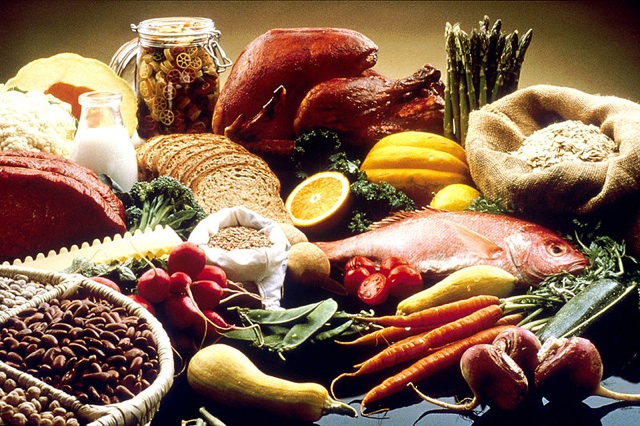

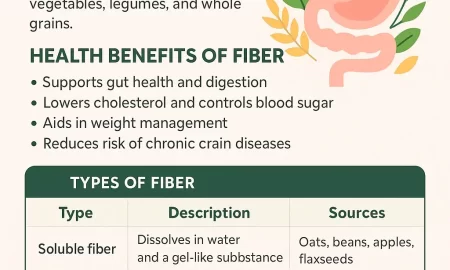


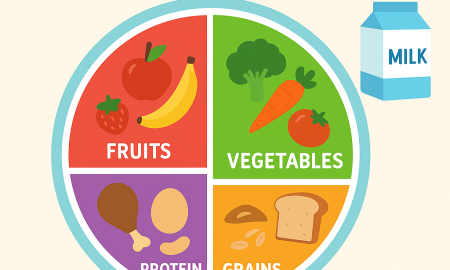

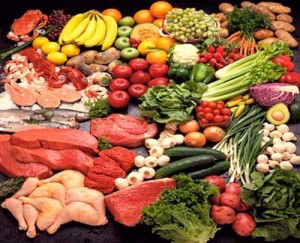
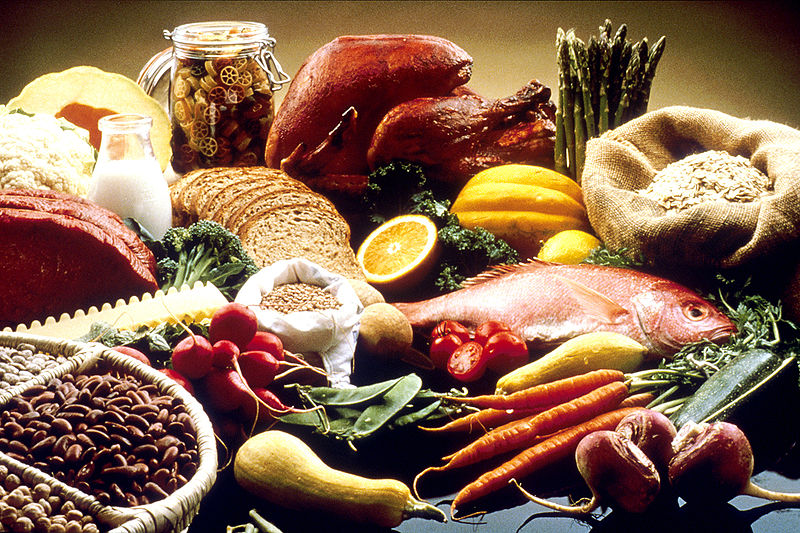
Follow Us